Eat Like a Champion, Ski Like a Champion: Why Proper Nutrition Is Key

Skiing and snowboarding trips can take their toll on your body. If you’re like me, as soon as you arrive in resort all you want to do is get out on the white stuff and rip it up until the lifts close. Everyone wants to make the most of every minute, right?
But it’s a taxing business, keeping that up day in, day out. Especially if you’re on an extended trip (like a gap year ski season) or haven’t hit the slopes for a while.
You can wake up with muscles hurting that you didn’t even know you had!
Skiing Well Is Easier When You’re In Shape
There’s no doubt about it: it pays to get yourself fit and strong before you head to the mountains.
Running and cycling are great for strengthening the legs and building stamina, whilst circuit training is a great way to build all-round strength and fitness.
Extra focus should be placed on the legs and core muscles, as these are the areas most hit by skiing and snowboarding. Yoga is a really good way to work that tightness out of the muscles and gain some suppleness, as well as strength. For more detailed advice, check out this guide to getting fit for skiing I wrote a few weeks ago.
If you’ve been skiing a while, this won’t be news to you. Skiing is an Olympic sport, and to be good at it you need to be fit. Duh.
But whilst this is well known, less raved about over a mountainside spag bol and a Coke is the other aspect of preparation Olympians swear by: proper nutrition.
Eating Right Is Just As Important
If you really want to make the most out of your ski course and hit the slopes refreshed each day, you need to fuel your body with the right amounts of the right foods, before, during and after each session.
Your body won’t recover and be ready for the next day’s exertion without providing it with the building blocks it needs, and sooner or later it will catch up with you. But don’t just take it from me. Here’s what world champion Daaron Rahlves has to say on the matter:
[youtube id=”xD8dh6N74Jo” mode=”normal” align=”center”]
That’s right: proper nutrition and hydration are a part of building your mental approach and confidence on the mountain.
So what should you put into your body and when to ski at the highest level? Here’s a functional plan that you can use…
What To Eat Before Skiing
I’m sure you’ve heard it all before that breakfast is the most important meal of the day. And it’s true, especially when you plan to go ski your socks off. It’s vitally important that by the time you’re stepping into your bindings on one of Whistler’s amazing ski runs, you have a stockpile of energy right from the get-go.
This means you need to be eating and drinking strategically well before you’re planning to hit the slopes. Mr Rahlves will tell you that advance planning should be happening at least the day before. And if you plan on racing, or even if you’re heading out for a big day of catskiing on one of our off-piste skiing courses, then he’s absolutely right.
For anything less strenuous, just make sure you do breakfast right. Complex carbs are what you need to kick start the day. A good hearty bowl of porridge is the best. Get some nice big rolled oats and maybe even some oatbran, mix in some seeds, chopped nuts and fruit to taste. An alternative would be some chunky muesli with nuts and seeds.
Avoid the tempting fry up. The fat and protein will weigh heavy on your stomach and won’t supply you with the same quality energy. Get some wholemeal toast down, with fruit juice, eggs… and more fruit. If you’re heading out for a long day on the snow, as long as you don’t make yourself bloated and over full, you can eat as much as you like – it’s all energy.
Ensure good hydration in the mornings – start your day with a large glass of water. Don’t slouch on coffee either, as the caffeine boost will get you raring to go and speed up digestion, too.
Nutrition On The Slopes
Hydration is especially important at high altitudes.
Consider getting yourself a backpack with a water bladder to stay hydrated out on the slopes. Camelbak are the leaders in these, so check them out first.
If you don’t have a Camelbak, at least bring a drink bottle with you. Plain water will do, but you can replenish the electrolytes necessary for proper hydration by adding a small amount of salt to your water. This is much more effective and cheaper than splashing out on branded sports drinks that have the same effect.
With regards to food, nobody wants to be carrying much with them while they’re out having fun. A few small sources of sugar will do – think flapjacks and chocolate bars – to keep your stomach quiet and blood sugars up while you’re enjoying yourself. You can also buy energy gels that give a rapid shot of energy, some even contain caffeine for that pick-me-up as the day wears on.
What To Eat After Skiing
After a long day, if things have gone to plan you’ll drag yourself back to your chalet or hotel with a smile on your faces, but muscles aching. You need to replenish those energy supplies and fuel the muscles so you can be as ready as possible the next morning. Good complex carbs, with plenty of protein, vegetables and fruit are the order of the day – and don’t skip pudding!
You have a window of an hour or two after exercise when your body will soak up nutrients like a sponge, so make use of it. Make sure you drive plenty of water and fruit juice in to adequately rehydrate your muscles and help flush out the lactic acid.
[youtube id=”TQg_ymKXIqA” mode=”normal” align=”center”]
Whilst you’re at it, a warm-down routine following skiing will minimise soreness the next day. Never simply stop. Always ease the intensity down gradually to allow the built-up lactic acid to work its way out of your muscles. When you stop, give your whole body a good stretch – find a routine like the one in the video above, and commit to it every day after skiing.
Remember to Enjoy Yourself
Hey, you’re on holiday. Get a massage! Massage is great for releasing tension and loosening up tired and worked muscles. Also consider yoga to really get a good stretch. Don’t skimp on the hot-tubs and saunas either. Relax, feel good and get refreshed for your next day out on the hill!
If you stick by all of the notes above, you’ll be in with a better chance of spending as much time out on the snow as possible. Above all have fun and enjoy your ski trip.
Also, I’d love to know how you found this guide. Any tips you didn’t know about already or any you’d like to share? Let me know in the comments below.
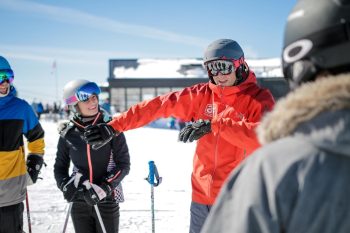
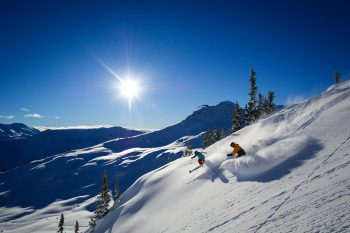
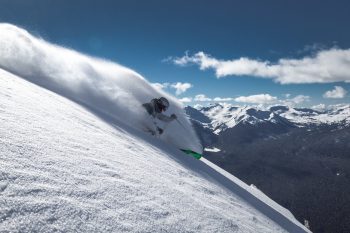
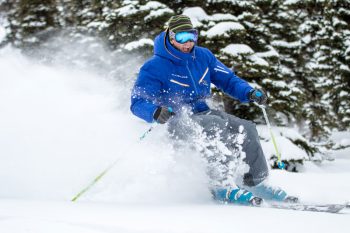


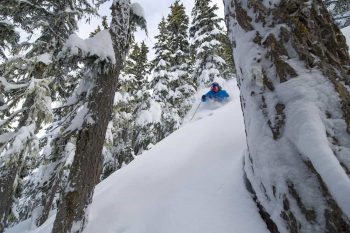
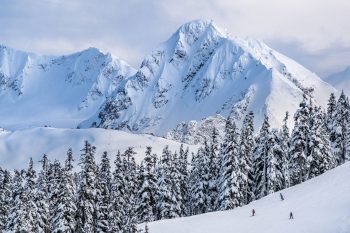
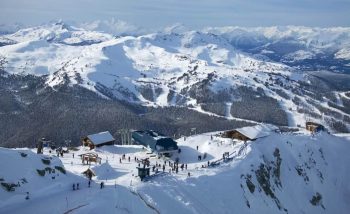

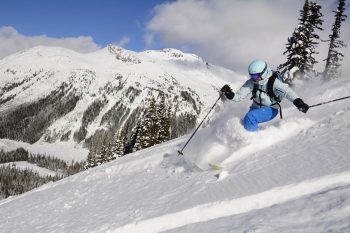
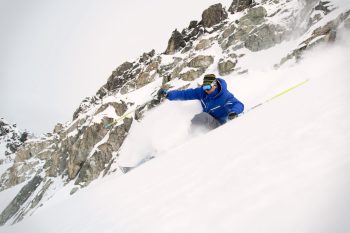
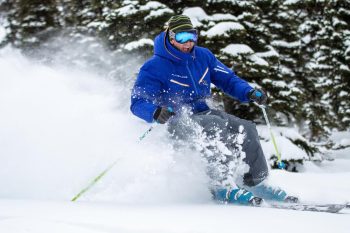





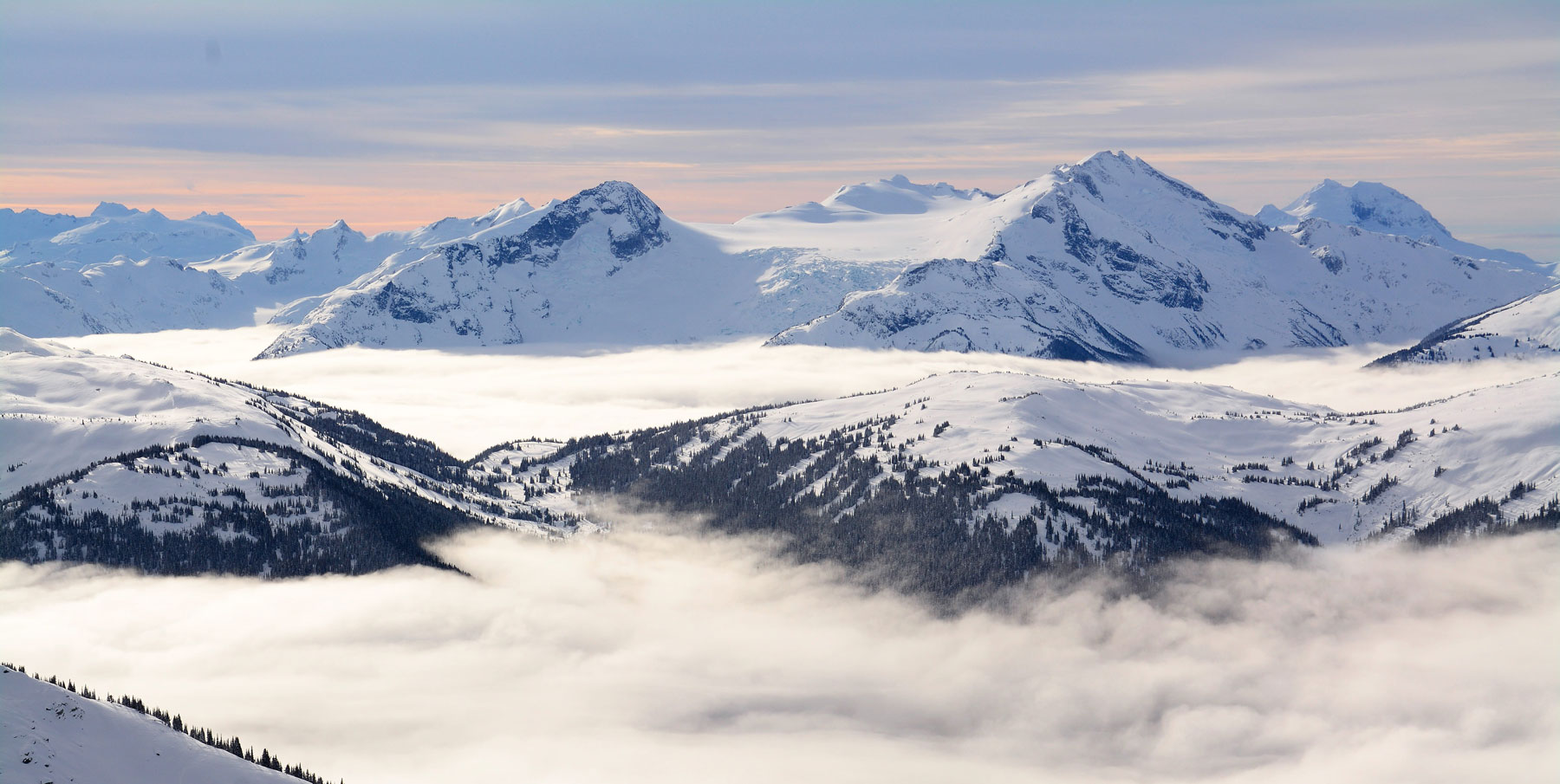
Comments
Lee Clark says
Dawn Clark must be fit and raring to go for Whistler 2016
Add comment
replies
Comments for this post are closed.